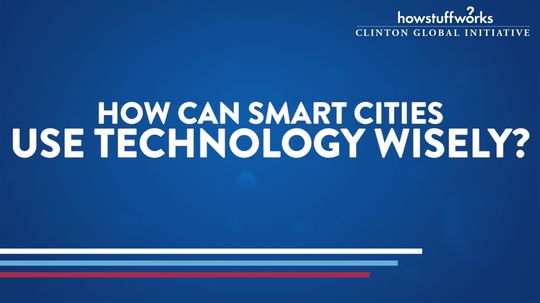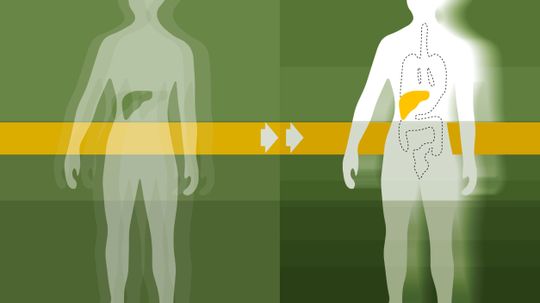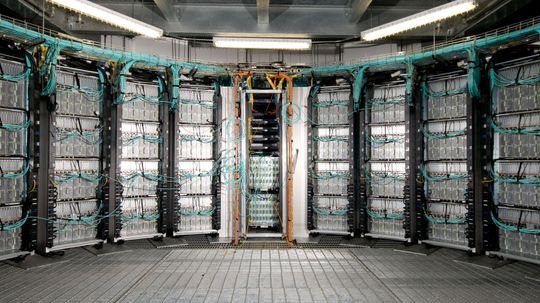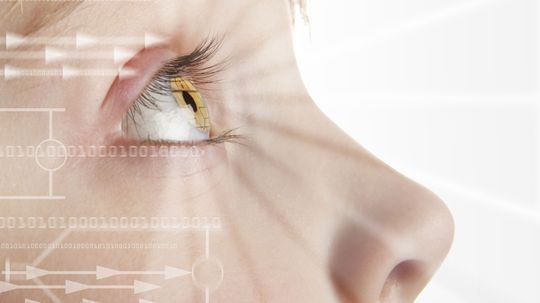Future Tech
What will future technology look like and what will it do? Explore the possibilities.

Seniors May Be As Hooked to Smartphones As Their Grandkids

5 Ways Technology Has Negatively Affected Families

What life skills can video games teach kids?

New Technology Revives Tarnished Daguerreotype Ghosts

13 Iconic Photographs That Captured the World's Imagination

How Skycam Works

7 Types of AI, What They Do, and How

The Easiest Font to Read Is Already on Your Phone

How Geofencing Works: Pros, Cons and Privacy Concerns

People Still Use Fax Machines, But, Um, Why?

How Rolex Came to Rule the Wrist
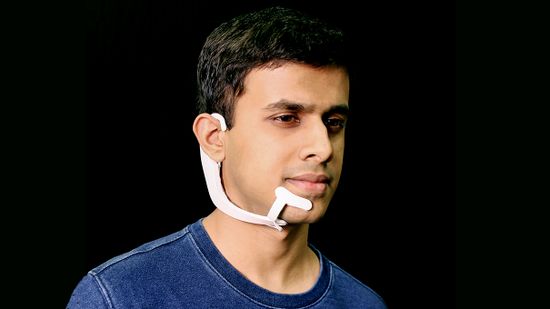
New MIT Headset Can 'Hear' Your Thoughts and Respond

Run, Jump & Climb Your Way Through Our Roblox Quiz

Can You Survive Our Minecraft Quiz?

How Tetris Went From Soviet Mind Game to Smash Hit

QLED vs. OLED: Weighing Different TV Options

How to Look and Sound Good on Your Videoconference Call

Can You Fix the Dirty Screen Effect?

What Does Airplane Mode Do? And Can It Save Battery Life?

How to Cast Roku to Your TV

How to Download Music From YouTube

How Walkie-talkies Work

Why weren't The Beatles on iTunes?

History of Radio Pictures

What’s Been the Best Selling Phone in the World?

Who Called Me From This Phone Number? Need-to-know Tips

LTE Meaning: Understanding the Cell Phone Technology

Does Your Home Need a Whole-house Surge Protector?

Inside an Electric Motor

LCD vs. LED: What's the Difference Between the Displays?

Can You Use Your Phone on a Plane? Furthermore, Should You?

5 Myths About Mark Zuckerberg

Top 5 Myths About Bill Gates
Learn More
The release of the AI software ChatGPT has made many people nervous about the future of their jobs. Which areas of work seem most vulnerable to AI and which seem likely to be safe?
By Dave Roos
Considering 2020 marks the 35th anniversary of Back to the Future, people love to dissect what futuristic technology the movie got right and what has yet to come true. While we don't ride on hoverboards or own self-tying sneakers, the franchise got a few things right, such as the growing use of holograms and wearable [...] The post Times Science Fiction Movies Accurately Predicted Future Technology appeared first on Goliath.
By Jack Sackman
The quantum internet of the future would use the quirky behavior of tiny particles to transmit vast amounts of information and enable applications not possible with today's internet. Still with us? Here's how it works.
Advertisement
First published in 1950, the Turing Test was designed to determine whether a computer would ever be able to successfully imitate a human being. So what's the state of it now?
By Dave Roos
The super-intelligent South African isn't just one of the richest and most creative people on Earth, he's also a forward-thinking futurist with a penchant for controversy.
LiDAR scanning technology reveals huge Mayan civilization lost beneath the jungles of Guatemala.
Smartphones could become obsolete by 2020, replaced by a new generation of wearable communication devices that will change the way we interact with the world.
Advertisement
Kurzweil has a pretty good track record with predictions. What does he have slated for humanity besides the singularity and figuring out the entire human brain by 2099?
Take a holiday trip to Uncanny Valley! A computer brain was trained to compose a carol inspired by a picture of a Christmas tree - with horrible results.
As cities develop, how can technology be used to accommodate growing populations?
What are modern cities doing to accommodate growing populations?
Advertisement
Do you fear death? Enough that you'd want to try to cheat death as a digital version of yourself? Scientists around the globe are working on it, and some think this idea will be reality in just a few decades.
If you thought Google Glass and driverless cars were out there, then you ain't seen nothing yet. How about a throat tattoo microphone or a keyboard that projects on your hand? These are two other strange patents Google owns. What are some others?
Light speed is considered the universal speed limit of everything, but if you make a hard-and-fast rule, someone will try to disprove it, or at least find a loophole. Is information transfer capable of pulling into the passing lane?
In the 1950s and '60s people used to talk about the home of the future, with automatic sliding panels and robot servants. It doesn't look like that yet, so what will the future really bring?
Advertisement
While high-tech classrooms aren't universal yet, technology is indisputably a part of modern education systems. We'll explore the trends for classroom technology in this article.
In a sense, "Dr. Computer" is already here - surgical robots and Web searches for medical advice attest to that. But will computers one day make human doctors completely obsolete?
Whether people are posting for silly reasons or serious ones, there's no question that Twitter is a social media staple. But how did it get there? And has it really revolutionized the way we communicate online?
Making it around the world in 80 days really isn't anything to brag about today: The ISS does it in less than 90 minutes. But for those of us who are a little closer to the ground, we're always looking for ways to make travel faster -- and in some rare cases, into something completely new.
Advertisement
If you're curious what the future holds, dig into the novels, articles and research done by these 10 amazing minds. You might be surprised what they predict.
Will we take an elevator to space? Will we live in floating cities? Will computers live inside our bodies? What does the future hold?
Futurists can dish out some exciting -- and downright scary -- visions for the future of machines and science. Here are 10 of them in the realm of technology.
Health care trends often seem unpredictable -- unless you're a futurist, that is. While they're not fortune-tellers, these educated guessers have interesting ideas about what the future world of health could look like.
Advertisement
Today's computers would blow the minds of early computing pioneers, and the machines of tomorrow will do things we can't imagine today. As computing power climbs to ever-more-stellar heights, how will it affect our world and the way we live?
Could it make us immortal? Could we move objects with our own minds? You won't believe how this technology will alter our world.









